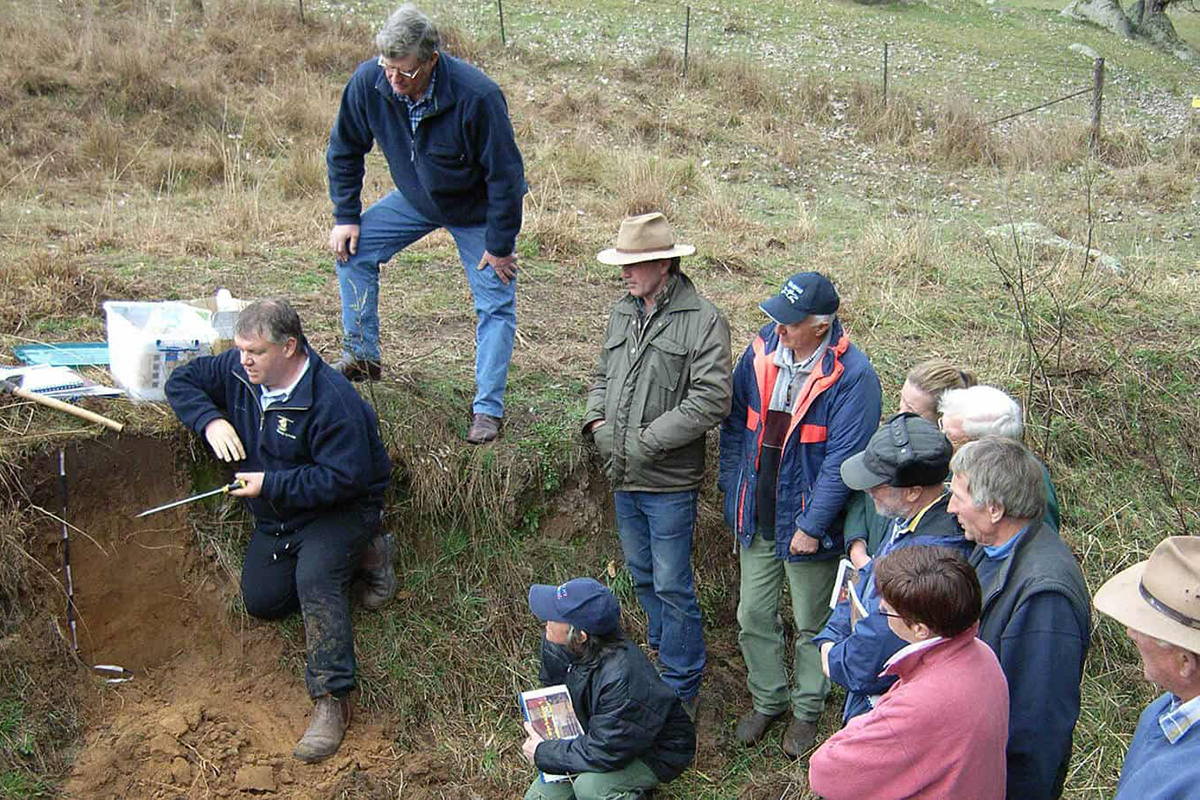Tick off the challenges …
Shipping disruptions – affecting both inbound farm machinery parts and, much more important over the next six months, our ability to export what we do produce here in HB.
Labour shortages at all levels of farming and agbiz – while RSE worker shortages, which will be worse this season than last year get most of the attention, an even bigger problem for horticulture is lack of backpackers, who normally make up 25% of the seasonal workforce.
Last year only about 80% of the apple crop was picked, and current estimates are for a bumper crop this year.
Water uncertainty – although some farmers using more land-friendly practices here in HB seem to whether dry weather and even drought much better than their neighbours across the fence line, thank you.
Environmental permission to farm – farmers can blame environmentalists and the Government for tougher environmental regulations, the real ultimate demand to perform to high environmental standards is coming from the overseas consumers we prize.
In a recent BNZ survey (Shift Happens), 42% of surveyed farmers said they will ‘consider adjusting their land use in response to consumer demand’. The reality is that those who do not are dead meat, writing their own epitaph.
Escalating prices, some of which might never retreat – between 2019 and 2021, fertiliser prices were up 15.9%; cultivation, harvesting and animal feed up 18.9%; electricity up 21%; and stock grazing costs up 36.9%. DairyNZ’s principal economist says shippig costs alone are around 600% higher than two years ago.
Note that that same DairyNZ economists said: “…efficiency is the low hanging fruit, and we know that at least 50% of farmers can produce the same amount of milk with less inputs like feed, nitrogen and fertilizer”.
I suppose he’s heard of regenerative agriculture!
And yet the BNZ report cited above found that only 59% of farmers surveyed are using some form of farm environmental plan. Talk about flying blind! And this is before Government-required farm plans will require even greater comprehensiveness in order for the sector to address its greenhouse gas emissions.
Bottom line … only the fittest will survive, as in every industry. And there will always be externalities beyond individual farmer’s control. So yes, tough times for farmers. Nevertheless, the tools and practices to improve the odds of farming sustainably – economically and environmentally — are available to farmers to adopt … or not.

